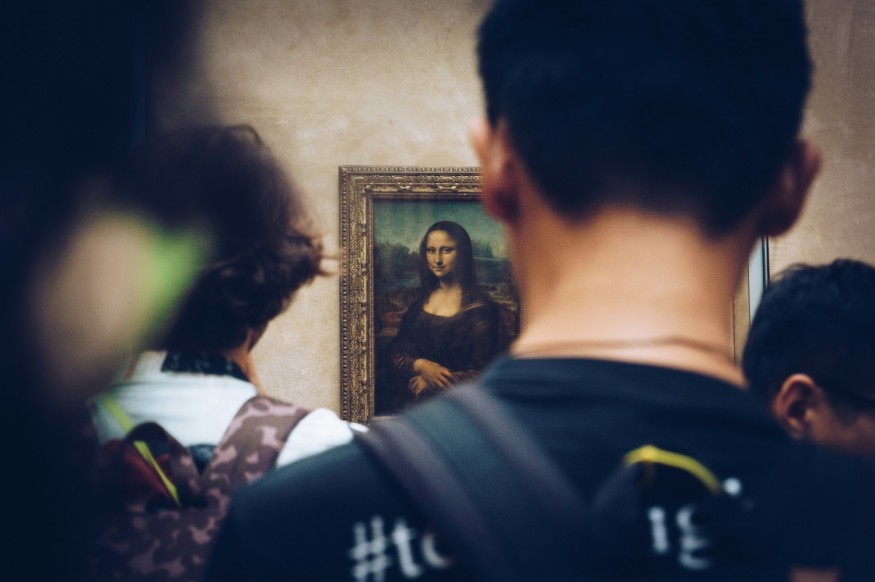Top 10 Most Notorious Acts of Vandalism in Art History

Great works of art become iconic for their capability to transcend time and connect profoundly with audiences. Still, this immense power can also provoke destructive impulses in some individuals, leading to acts of vandalization that leave the art world—and the public—reeling. Here, we explore ten infamous acts of art vandalism, revealing the frequently bizarre and disturbing motivations behind these attacks.
Diego Velázquez, Rokeby Venus (1914)
In 1914, Mary Richardson, a women's suffragist, attacked Velázquez's" The Toilet of Venus" (known as the Rokeby Venus) with a meat cleaver at London's National Gallery. Protesting the arrest of fellow suffragette Emmeline Pankhurst, Richardson's attack was driven by a blend of political fervor and personal outrage. Though the painting was later restored, Richardson's act illuminated the lengths activists might go to make a statement.
Leonardo da Vinci, The Mona Lisa (1956, 1974, 2009)
Leonardo da Vinci's "Mona Lisa" has endured multiple attacks. 1956, it was splashed with acid and later struck by a rock, chipping the paint. In 1974, it was spray-painted by a woman upset over museum accessibility for people with disabilities. In 2009, a Russian woman threw a mug at the painting after being denied French citizenship. Each time, the masterpiece survived, thanks to protective measures like bulletproof glass.
Auguste Rodin, The Thinker (1970)
Rodin's "The Thinker" was damaged by a pipe bomb in 1970 at the Cleveland Museum of Art. Believed to be the work of the radical Weather Underground, the explosion left the sculpture's lower legs irreparably damaged. The museum displayed the mutilated sculpture as a testament to its history and resilience.
Michelangelo's Piéta (1972)
In 1972, Laszlo Toth attacked Michelangelo's "Piéta" with a hammer, claiming to be Jesus Christ. He severely damaged Mary's arm, nose, and eyelid before being subdued by onlookers. Declared insane, Toth was committed to a mental institution. The sculpture was painstakingly restored and remains an essential Vatican treasure.
Pablo Picasso, Guernica (1974)
Tony Shafrazi spray-painted "KILL ALL LIES" on Picasso's "Guernica" at MoMA in 1974. Claiming it was an anti-war protest, Shafrazi's act garnered significant media attention. Surprisingly, MoMA didn't press charges, and Shafrazi later became a prominent art dealer. The painting, a powerful anti-war statement itself, was successfully restored.
Rembrandt, The Night Watch (1911, 1975, 1990)
Rembrandt's "The Night Watch" has faced three major attacks. In 1975, an unemployed teacher slashed the painting, leaving visible scars despite restoration. 1911, a former sailor attempted to cut it but failed to penetrate the varnish. In 1990, an acid attack was swiftly neutralized, preventing major damage.
Leonardo da Vinci, The Virgin and Child with St Anne and St John the Baptist (1987)
Robert Cambridge fired a shotgun at this drawing in London's National Gallery, protesting Margaret Thatcher's policies. The blast shattered protective glass, causing significant damage. Restorers painstakingly reassembled the piece, and Cambridge was confined to an institution for the criminally insane.
Claude Monet, Argenteuil Basin with a Single Sailboat (2012)
Andrew Shannon punched a hole in Monet's painting at the National Gallery of Ireland, claiming it was to "get back at the state." His excuse of fainting didn't hold up in court, resulting in a prison sentence. The painting's restoration took 18 months.
Mark Rothko, Black On Maroon (2014)
In 2012, Wlodzimierz Umaniec defaced Rothko's "Black On Maroon" at London's Tate Gallery, inscribing "A POTENTIAL PIECE OF YELLOWISM." His act, tied to an obscure art movement, led to a year in prison and public regret. The painting was restored at significant expense.
Anish Kapoor, Dirty Corner (2015)
Kapoor's controversial sculpture "Dirty Corner" was vandalized twice at the Palace of Versailles-first with yellow paint, then with anti-Semitic graffiti. Kapoor chose to leave the second defacement visible, critiquing societal issues and reflecting ongoing tensions in contemporary France.
These incidents underscore art's intense, sometimes perilous, impact on human emotions and society. Each act of vandalism, while destructive, also serves as a testament to the enduring power of these masterpieces.
Related Article : 10 Treasured Artworks That Have Faced Vandalism Throughout History
From Digital Models to 3D-Printed Homes: Jaspreet Kaur Lall Explains How the Innovation Changes the Construction Industry

Future Belongs to Green Construction: Sampath Kumar Paspunoori Explains One of the Key Trends in the Construction Industry

Kamala Harris' Campaign Ad Uses Iconic Visuals from Carrie Mae Weems to Connect with Voters

Historic Ancient Roman Ruins in Baalbek Remain Strong After Israeli Air Strikes; Locals Seek Cultural Protection

4 Ways to Honor Departed Loved Ones in Your Home Design













